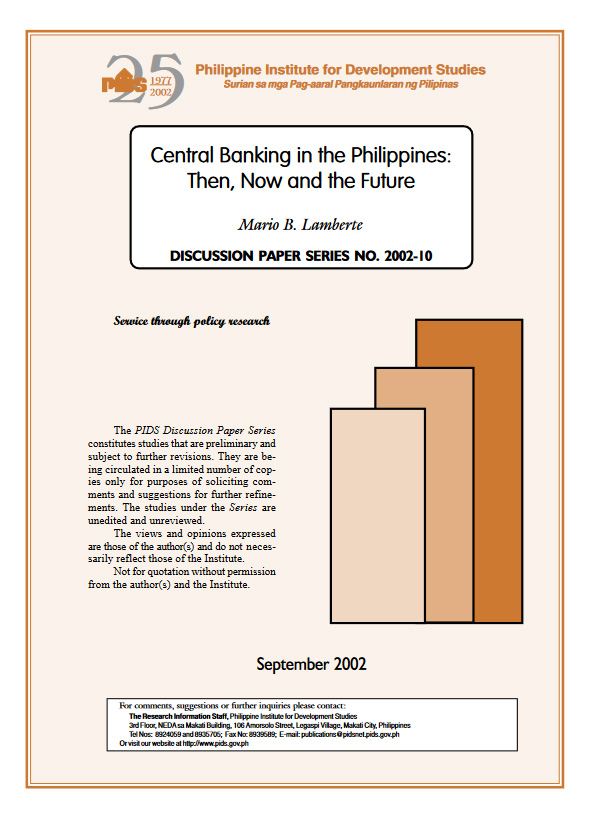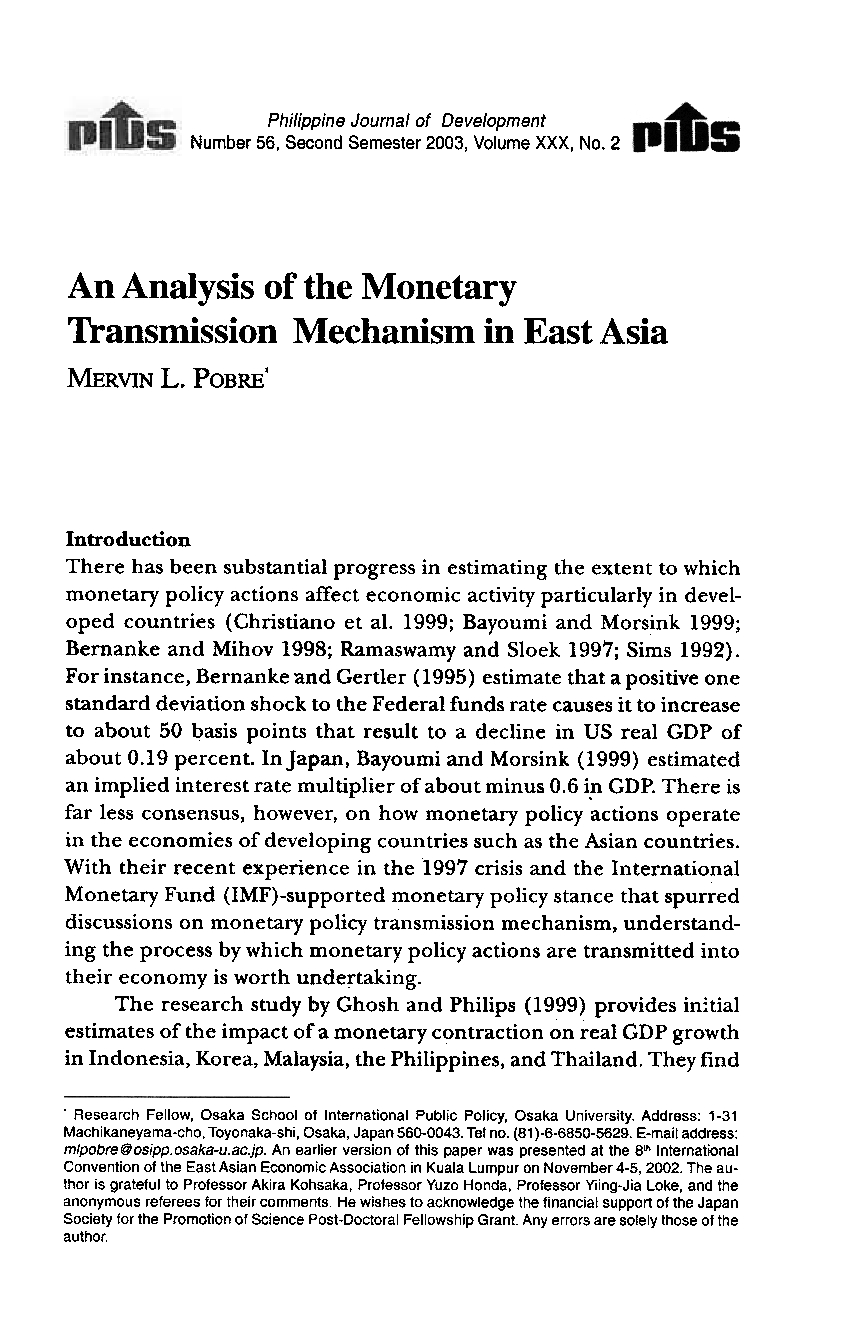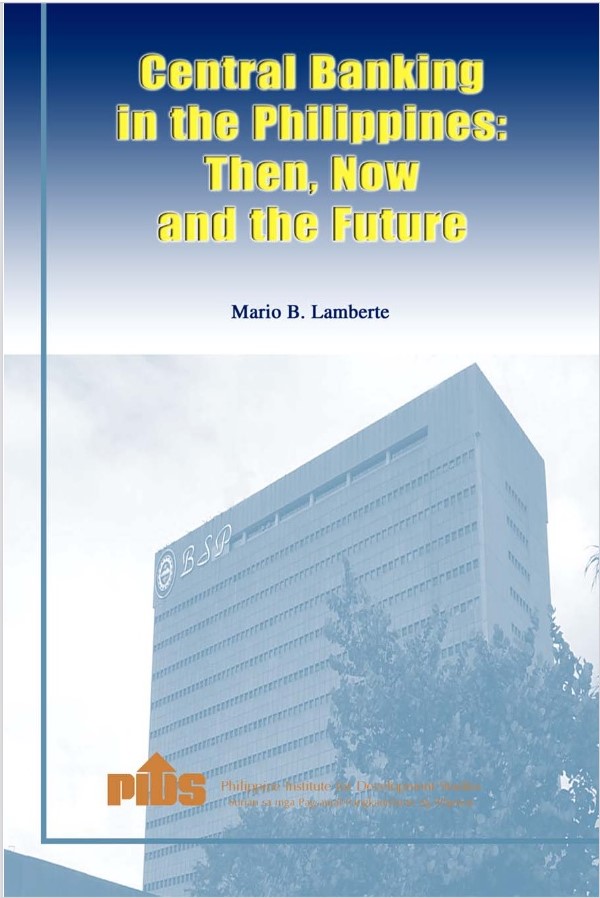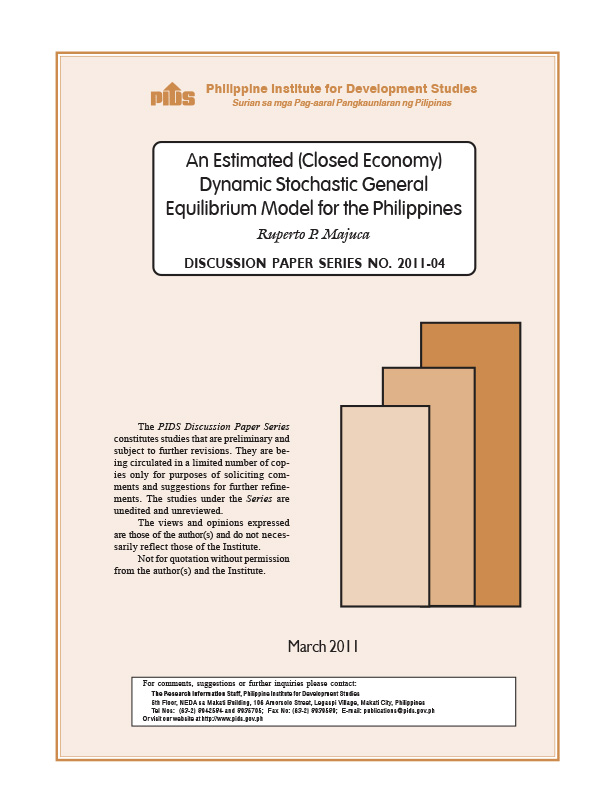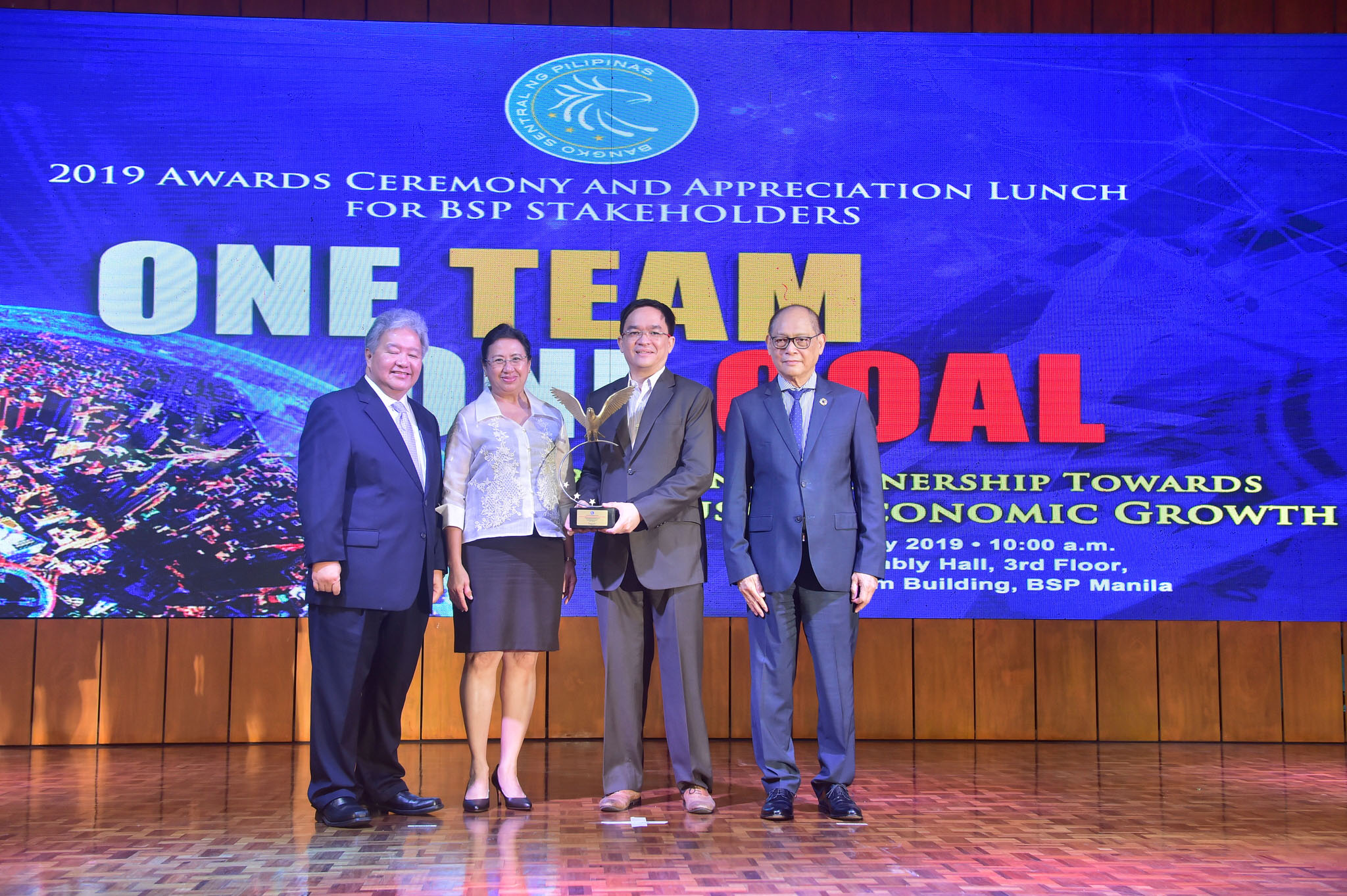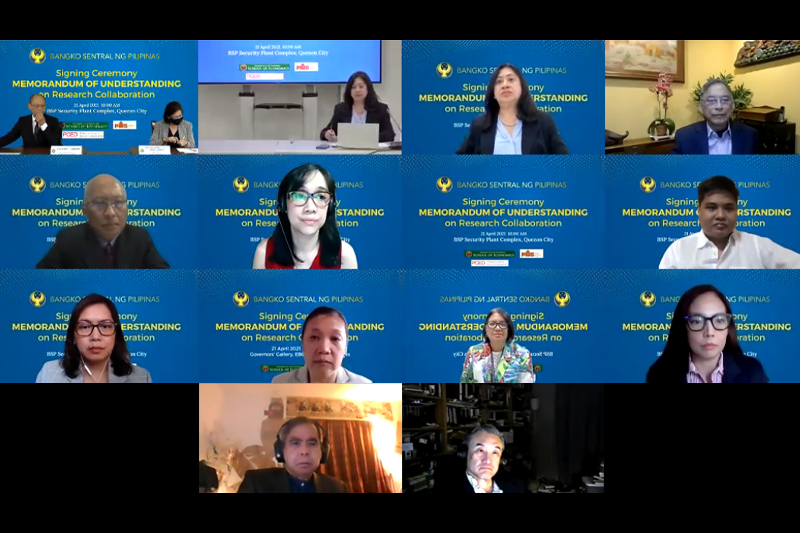The country’s central bank has a profound impact on the lives of all residents in the country. This paper attempted to put some policy issues on central banking in the country in certain perspectives so that policy debates on these issues can proceed with greater focus. More specifically, it examined central banking in the Philippines from three perspectives – the past, the present and the future. First, it took a fresh look at central banking in the Philippines in the last 25 years. This period, which covers 5 administrations and 6 central bank governors, is the most turbulent period in the history of central banking in the Philippines. Second, the paper examined the way the Bangko Sentral ng Pilipinas (BSP) currently conducts monetary policy, highlighting the BSP’s shift to inflation targeting as its monetary policy framework and the issues it must confront to make it successful. Third, it discussed the future of central banking in the Philippines, taking into account three major trends that are currently sweeping around the world, namely, the separation of bank supervision function from monetary policy function of central banks, increasing regional economic and financial integration, and the revolution in the payments system brought about by rapid changes in information and communications technology. These factors can lead to changes in the fundamental character of the country’s central bank in the future.
Citations
This publication has been cited 7 times
- Baunto, Assad L. et. al. 2011. Money growth and velocity with structural breaks: evidence from the Philippines. Université Paris1 Panthéon-Sorbonne (Post-Print and Working Papers) hal-00785395. HAL.
- Baunto, Assad L. et. al. 2011. Money growth and velocity with structural breaks: evidence from the Philippines. Post-Print hal-00785395. HAL.
- Hossain, Akhand Akhtar. 2015. The evolution of central banking and monetary policy in the Asia-Pacific. Books, 14611. Edward Elgar Publishing, number.
- Mihaljek, Dubravko and Marc Klau. 2008. Exchange rate pass-through in emerging market economies: what has changed and why?. Transmission mechanisms for monetary policy in emerging market economies, 35, 103-130. Bank for International Settlements.
- Milo, Melanie S.. 2002. Financial services integration and consolidated supervision: Some issues to consider for the Philippines. Discussion Papers DP 2002-22. Philippine Institute for Development Studies.
- Ramayandi, Arief. 2007. Approximating monetary policy: Case study for the ASEAN-5. Working Papers in Economics and Development Studies (WoPEDS) 200707. Department of Economics, Padjadjaran University.
- Vavra, David. 2015. Inflation targeting experience: Lessons for Ukraine. No. 233, 39-53. Visnyk of the National Bank of Ukraine, National Bank of Ukraine.

